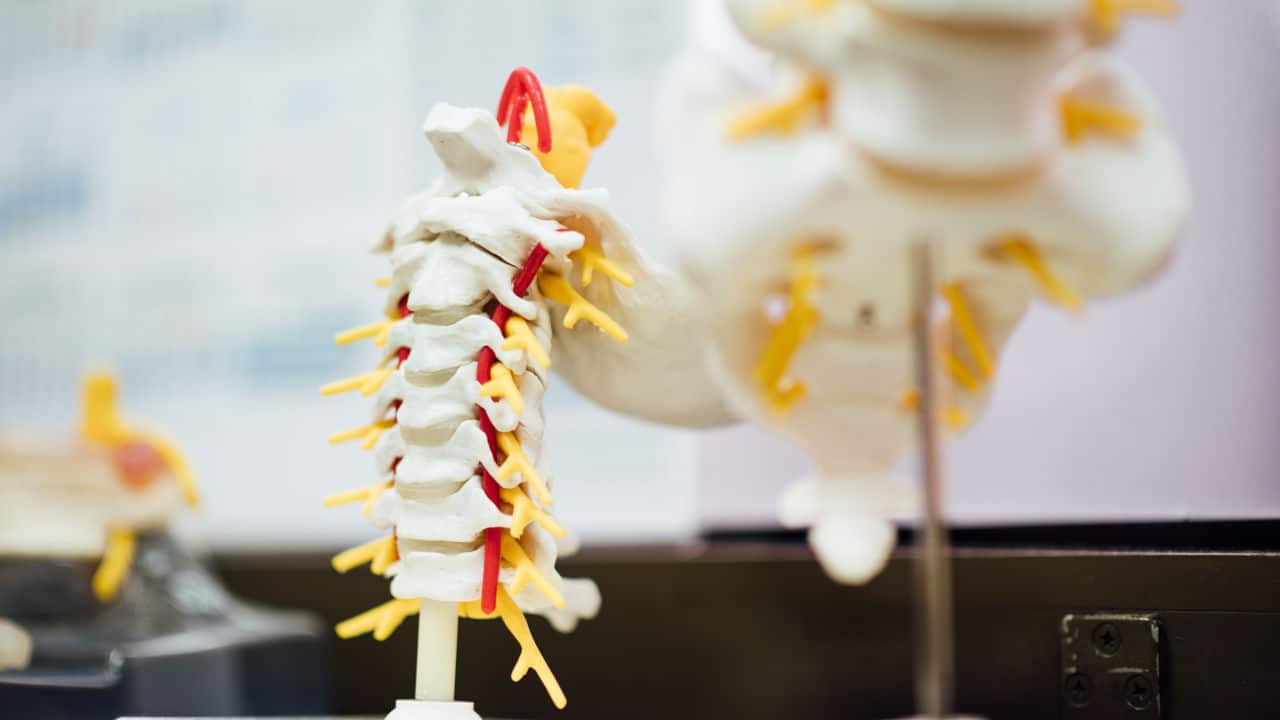Cadaver disc replacement is a procedure whereby a diseased spine is replaced through a surgical procedure by using a disc from a cadaveric donor.
In place of a disc from a cadaveric donor, an artificial disc may be used, making it just a cervical disc replacement, which is a procedure approved in 2007 by the United States Food and Drug Administration (FDA). Since then, it has recorded some successful cases.
The cadaver disc replacement procedure was not approved as of some years back. Then, a procedure that involves the fusion of the remaining healthy discs in the spine was used.
People usually require cadaver disc replacement for several reasons. Some of these scenarios are undoubtedly caused by a person’s direct and indirect action or the refusal, whether negligently or intentionally, to act on the person.
Legal animation can portray not only the incidents that are antecedent to the injury that make it essential to undergo surgery. It would also help show how rigorous the procedure is to the patient, the evident side effects of the procedure, and the expected long-term side effects from the procedure related to the injury.
Here are some of the scenarios that would require a person to undergo this procedure:
- A ghastly vehicle accident
A vehicular accident is a leading cause of spine injuries and disc herniation. Vehicle accidents are caused by different factors such as drunken driving, overspeeding, disobedience to traffic rules, using vehicles that are not roadworthy, and giving in to distractions while driving.
When a vehicle accident occurs, there is a possibility of getting fractures in the bones, muscle injuries, and spine injuries. In the wake of a spine disruption, cadaver disc replacement surgery may be required to treat the injury.
- A workplace accident
Even though a lot of safety precautions are usually in place both in workplaces with little risks of work hazards and in a workplace where workers are typically prone to work hazards, workplace accidents still happen.
For instance, in a construction site, if a piece of machinery that has not been replaced because of negligence injures a worker in the course of duty and damages a disc, a cadaver disc replacement may be unavoidable.
- Use of defective products
The court usually considers injuries caused by defective products through a claim of product liability. Suppose a piece of fun machinery in an amusement park fails to function correctly because of a defect caused by the negligence of the manufacturers, injures a person, and leads to disc damage. In that case, cadaver disc replacement may be required to take care of this condition.
In all of these scenarios, legal animation can be used to steal the attention of both the judge and the jury and get them to understand the gravity of the injury that the plaintiff is going through. This would, in turn, lead to a redress of the situation, punishment-wise and damages-wise.
Possible Complications of Cadaver Disc Replacement
Even though cadaver disc replacement surgeries are generally successful, some complications may arise given unique circumstances.
Therefore, while a person may have sustained a disc injury through another person, the pain, suffering, and overall discomfort may not be over even after the expensive medical procedure. According to Spine-Health, this procedure would cost about $35,000. You should also know that a follow-up surgery may be needed as the situation may arise from time to time.
Goldstein (2019), in his article titled Potential Complications and Risks of Cervical Disc Replacement Surgery, stated that “Cadaver artificial disc replacement surgery is a relatively safe procedure, but it is not without risks. Before a final decision is made about surgery, it is advisable to learn about the procedure’s risks and potential complications.” Some of the complications that sometimes accompany cadaver disc replacements include:
- Heterotopic ossification
- Discomfort while swallowing
- Difficulty speaking
- Artificial disc migration
- Detrimental reaction to the metal inserted into the spine
- Perpetual pain even if the surgery was successful
- Nerve injury
- Stroke
- Breathing difficulties
Legal animation is very practicable as demonstrative evidence to unveil the complications experienced as a result of the surgery.
In addition to that, legal animations can also be used to show medical malpractice during a cadaver neck replacement. The services of an experienced legal animation company must be used to record maximum success.





